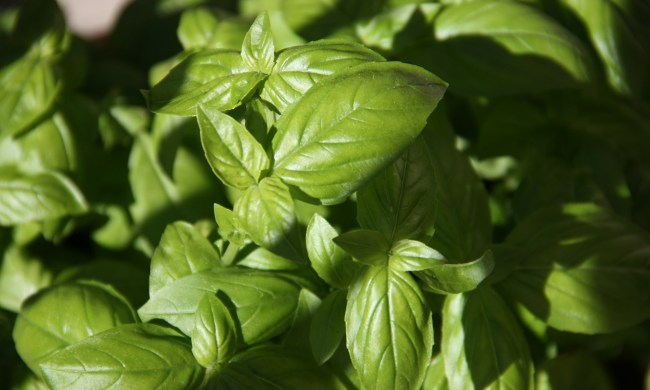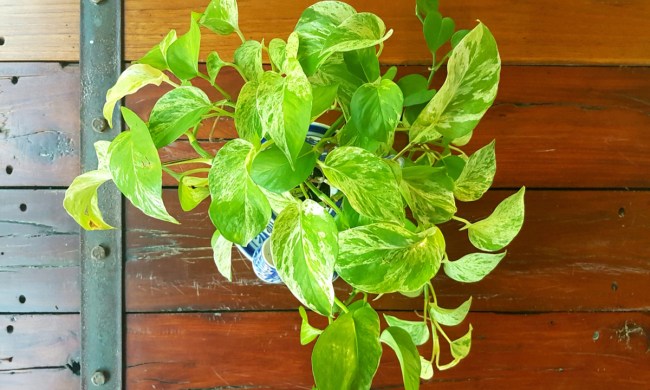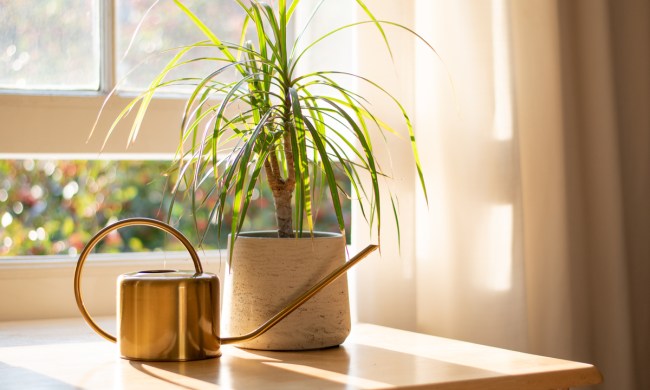Still want to grow delicious herbs even after the peak of the growing season in the summer? It’s not too late to start! Late summer is an excellent time to plant seeds directly into the ground or in a container outside, since the temperatures are warm but will start to cool down soon when your plants mature. Better yet, grab seedlings from a local nursery or a friend to ensure your plant’s chance of survival! Even at the cusp of autumn, there are definitely plants that will continue to grow and thrive throughout the fall, especially if you live in a warmer climate zone. From rosemary to parsley, here are a few of our favorite herbs for freshening up a late summer garden.
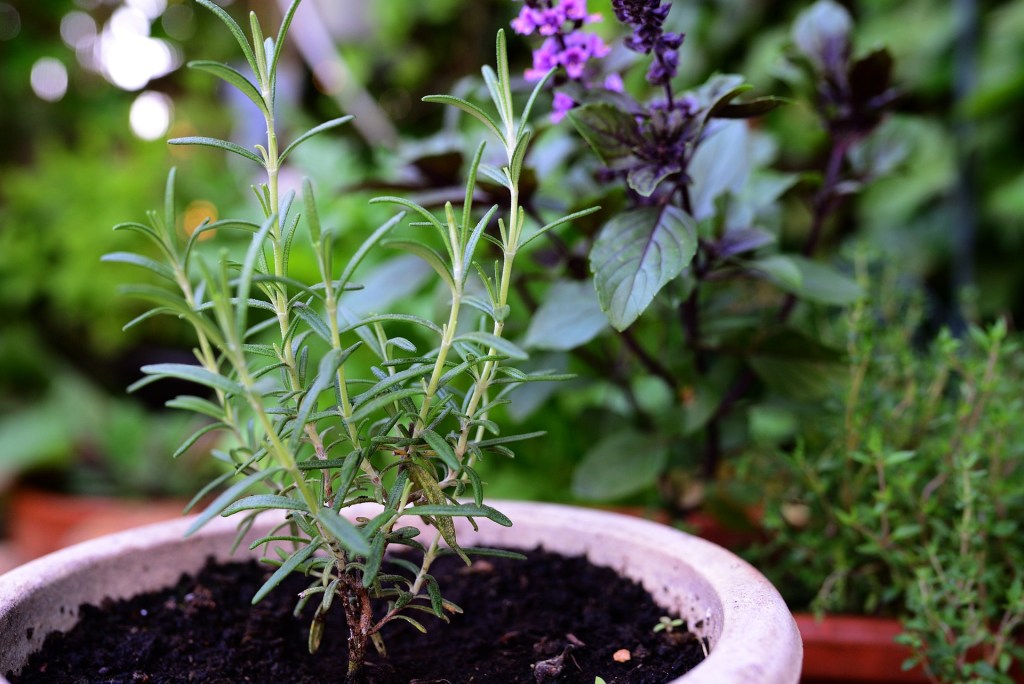
Rosemary
Rosemary is one of the most delicious fragrant herbs for all your fall recipes! It does well in evenly moist soil and cool temperatures, so it likely won’t cause you any trouble when it matures in the fall. While frost hardy, rosemary will die if waterlogged — make sure that you never overwater the soil. If you plan on growing it during the colder months, start your plant in a container to transport inside over winter, as rosemary transplants from the ground can experience shock and die. In addition to using fresh sprigs of rosemary, you can also dry it and store it in a cool, dark area. Rosemary is ready for harvest right before its flowers bloom, and this is the time you’ll typically get the best flavor out of it.
Basil
Basil doesn’t tolerate frost, but it will grow quickly during the final days of summer in warm conditions. You can choose from many different varieties depending on the flavor profile you enjoy, including Italian basil, lemon basil, Thai basil, and more. When given adequate bright light and moist soil, most basil varieties germinate in under two weeks. Most basil should also be ready for harvest in 60 to 80 days after planting, so your herbs should be ready to go before the winter. To keep your plant bushy and full, cut the flowers off and pinch the leaves back continually.
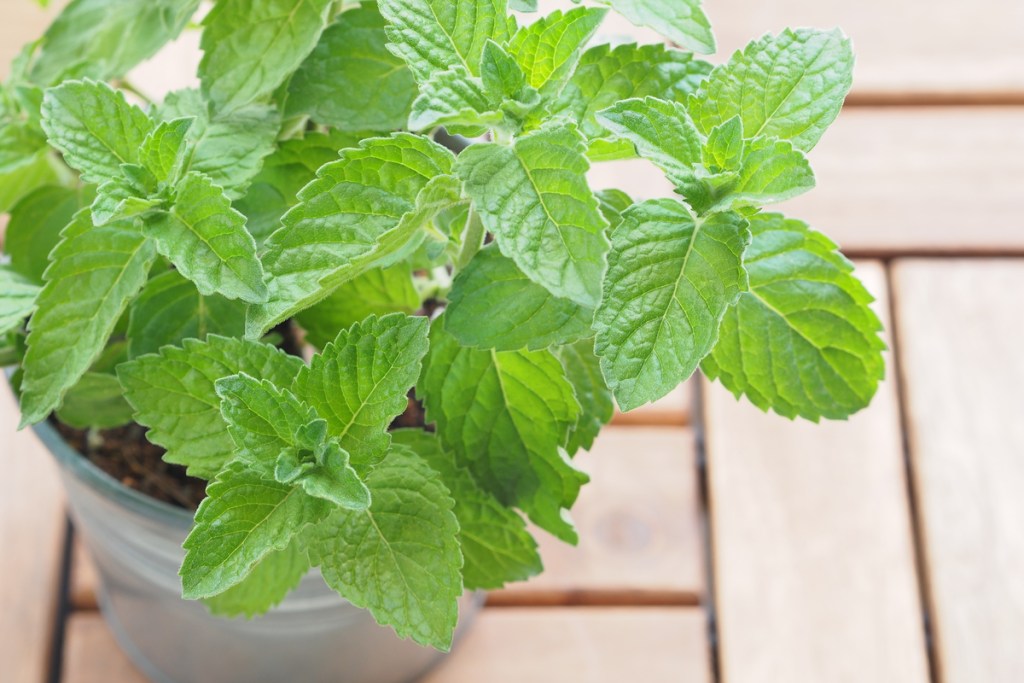
Mint
Add a fresh kick to your salads, salsas, desserts, and drinks with fresh chopped mint! You can plant mint in late summer once the evenings start to cool down. While you can grow mint from seed, it can also handle root division well during the late summer and early autumn. Mint appreciates bright indirect light but may need shade protection from the afternoon sun. To keep mint happy, make sure that soil stays evenly damp and that you feed it regularly until the end of the growing season. Whether you grow it in a container or in a garden bed, mint can be a very prolific grower, so pinch it back every week to keep it from growing leggy. During the winter, mint will tolerate a light frost, but you can always be extra careful by cutting back the stems and putting down a layer of mulch if you plant it directly into the ground.
Dill
A versatile herb for canning and pickling food, dill is a quick-growing plant with a bright, grassy taste. You should plant it directly into the ground when the height of the summer heat begins to wane — too much heat may actually cause dill to bolt. Dill appreciates bright direct light, but you should give it partial shade and evenly moist soil when the temperature is extra warm outside. Once the heat dies down, dill is very cold-hardy, tolerant of temperatures down to 23 degrees Fahrenheit. You can start to harvest dill as soon as you see that it has four to five leaves.
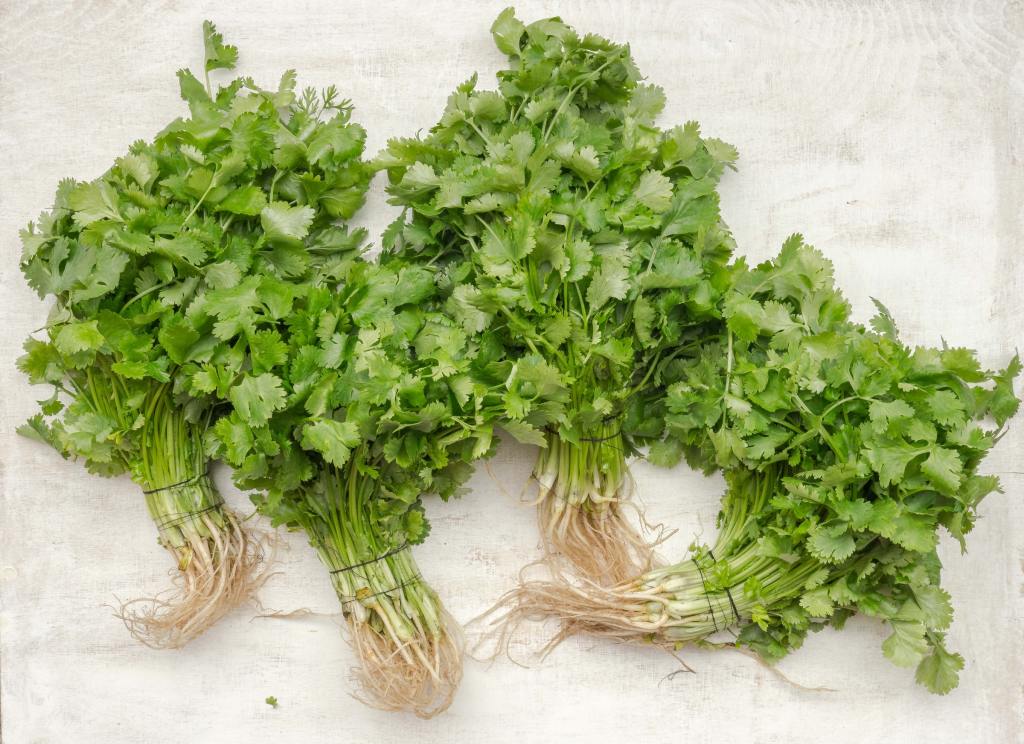
Parsley
Parsley is a go-to garnish packed with folic acid, calcium, and vitamins A and C. It’s also a cold-hardy annual, which means that it will still thrive as it matures in cooler weather. You can soak the seeds to expedite the germination process, or you can make things easier for yourself by buying seedlings. Give your plant full sun, well-draining soil, and a monthly feeding with liquid plant food. Roughly after 70 to 90 days of planting, parsley should be ready to harvest when you see it develop clusters of three or more leaves!
If you thought that your growing days were over by August, think again! Even in late summer, many herbs can thrive until mid-autumn and even through early winter, depending on where you live. With these tips in mind, whip out your growing calendar and get ready to plant for a delicious autumn harvest.

